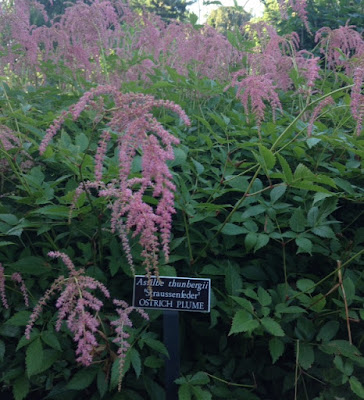species: Kleinia cylindrica
common name: narrow-leaf chalksticks
family: Asteraceae
where & when encountered: Ventura, CA - 2016?
These popular succulents are difficult to identify because sometimes they are placed in the Senecio genus and called Senecio vitalis; but since the Kleinia genus was created to distinguish succulents from the rest of the sunflower family, I am inclined to class them that way. Kleinia are also found in warmer climates such as the Canary Islands, Africa and the Middle East.

















































